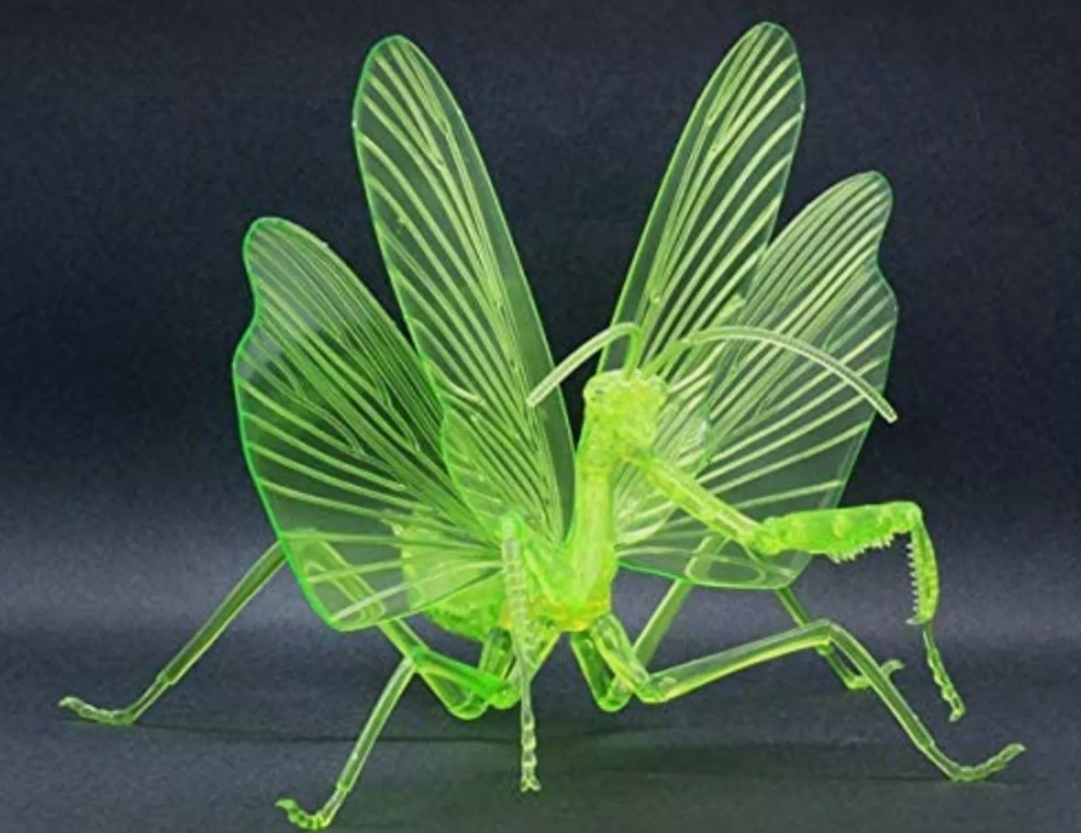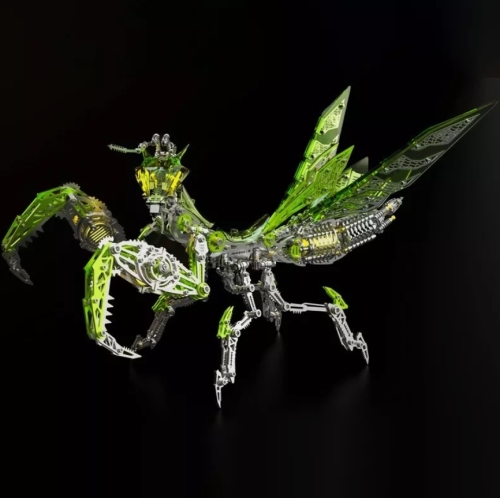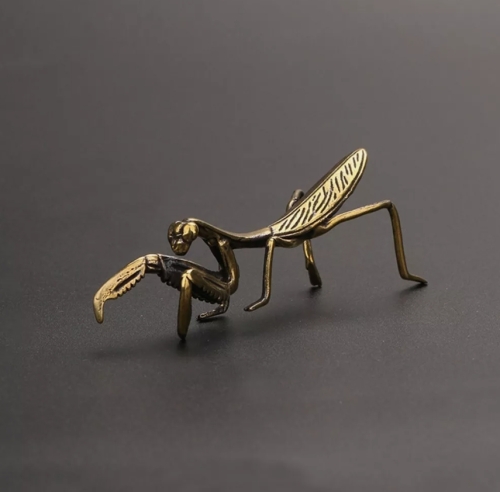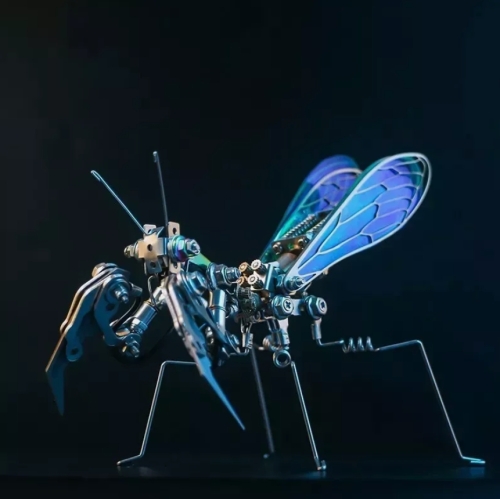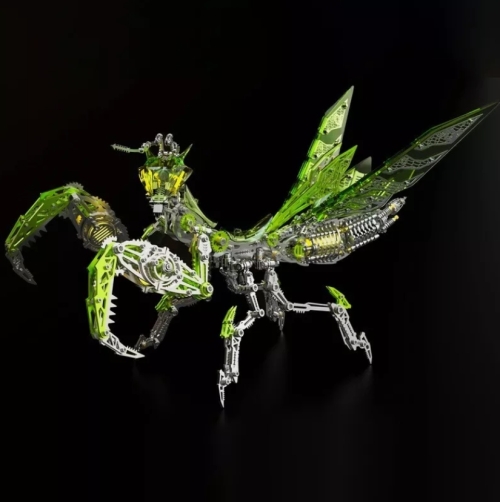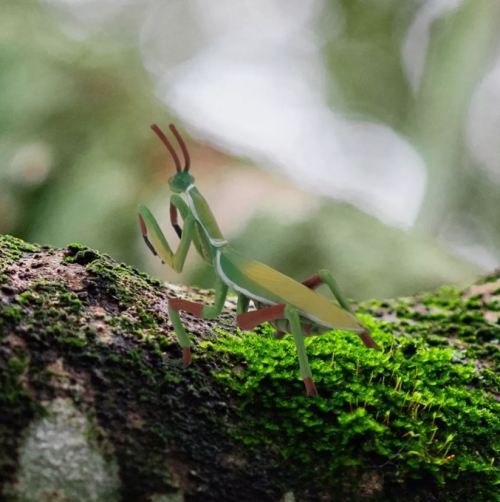The cockroach model is an important bio-inspired design that is widely used in robotics, drone development, and automation systems. By simulating the physiological structure and movement mechanism of cockroaches, the model demonstrates a high degree of adaptability and flexibility, making it more capable of performing tasks in complex environments.
First, cockroaches are remarkable for their locomotion. They have six strong legs that allow them to move quickly over a variety of terrain. This multi-legged structure provides the insect with superior stability and flexibility. Cockroaches can change direction in an instant and even backtrack to avoid predators. By analyzing the cockroach's movement patterns, the researchers incorporated a similar mechanism into the robot's leg design, enabling efficient navigation in complex environments.
Second, the cockroach's sensory system is also key to its ability to survive. Cockroaches acquire environmental information in a variety of ways, including touch, chemical perception and vision. Using ultrasonic sensors and infrared sensors, the cockroach model is able to maintain accurate positioning in dark or complex environments. The researchers applied this property to the design of robotic sensors, enabling them to efficiently avoid obstacles and perform specific tasks.
In addition, the survival instinct displayed by cockroaches in response to a crisis also provided inspiration for the model design. When threatened, cockroaches react quickly, displaying amazing speed and agility. The research of this rapid response mechanism is of great significance for improving the autonomy and decision-making ability of robots. Applying this property to autonomous robots could make them better able to adapt to changes in uncertain environments.

